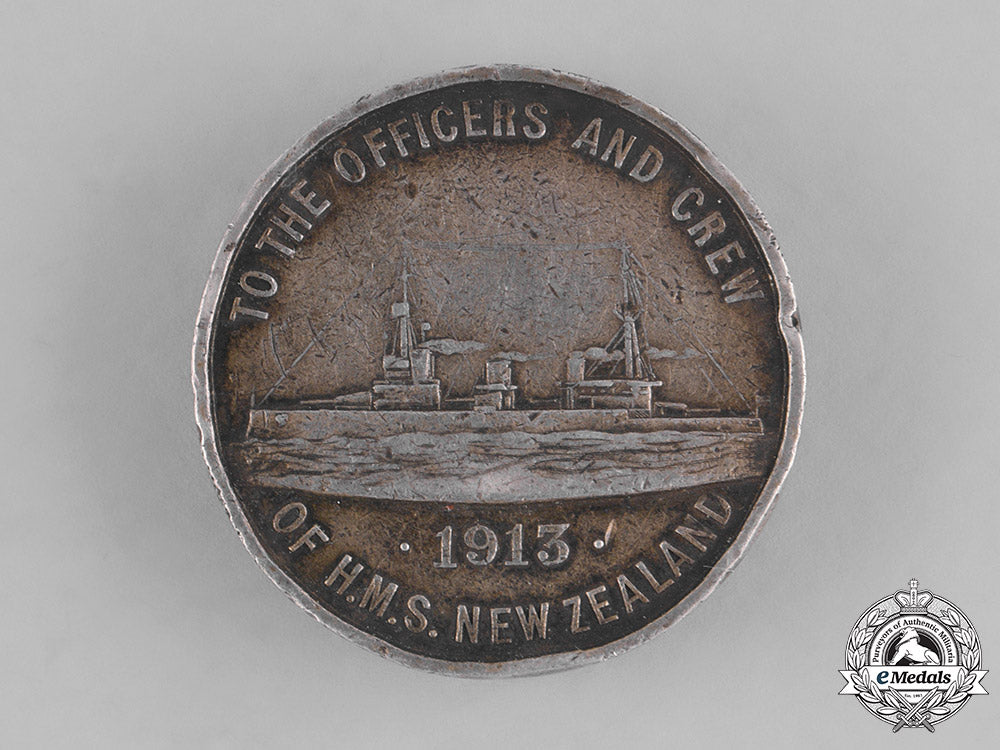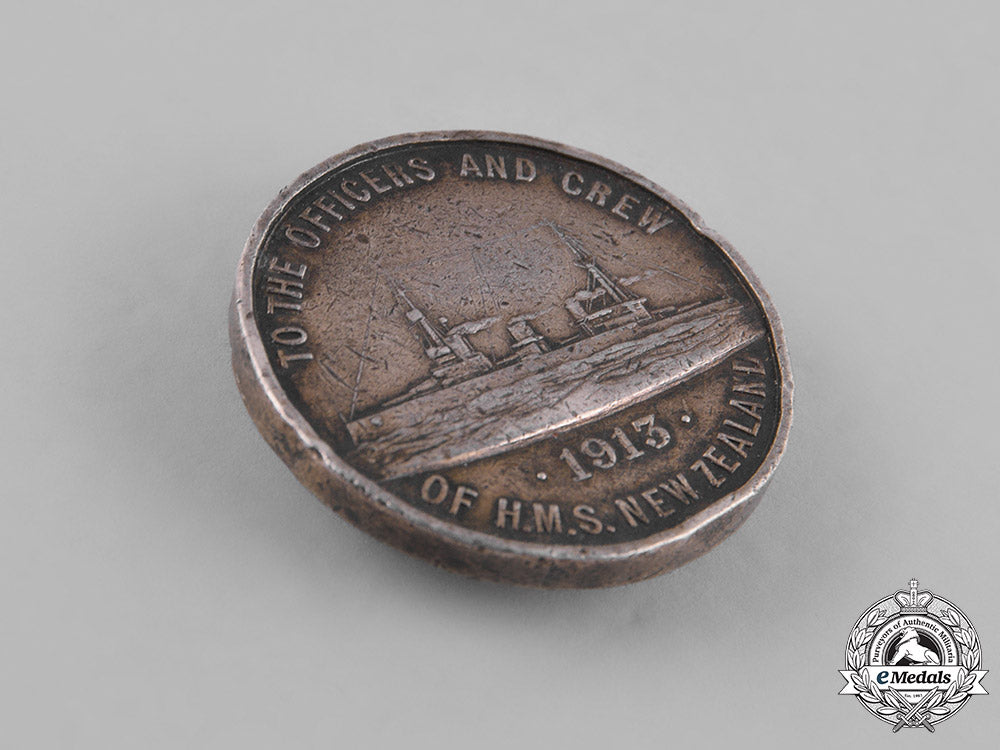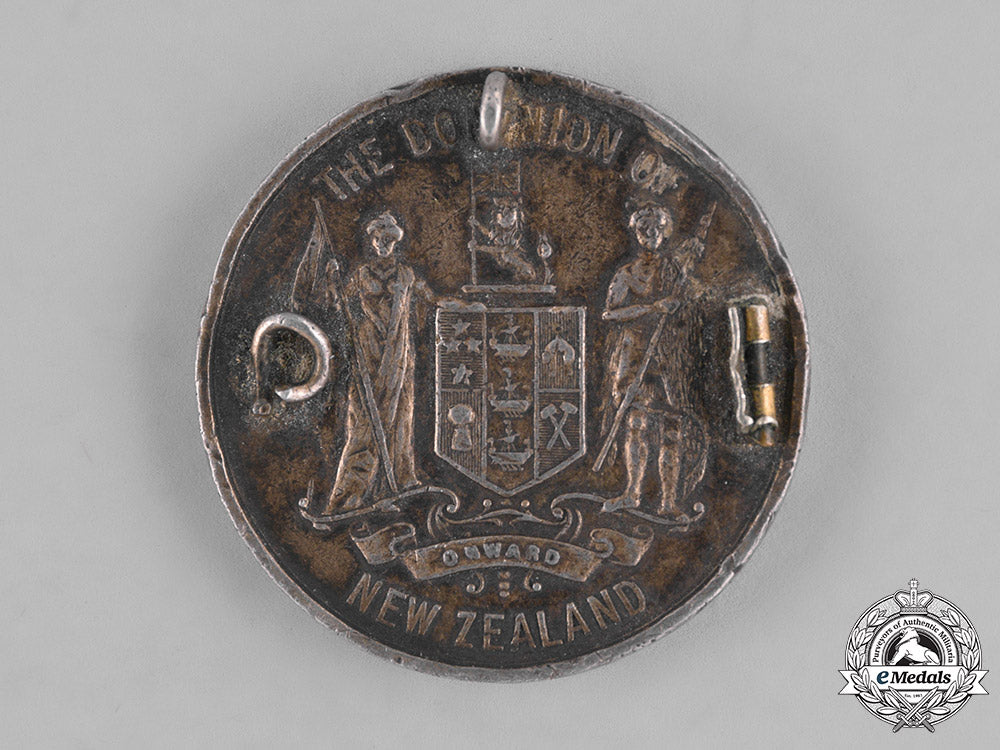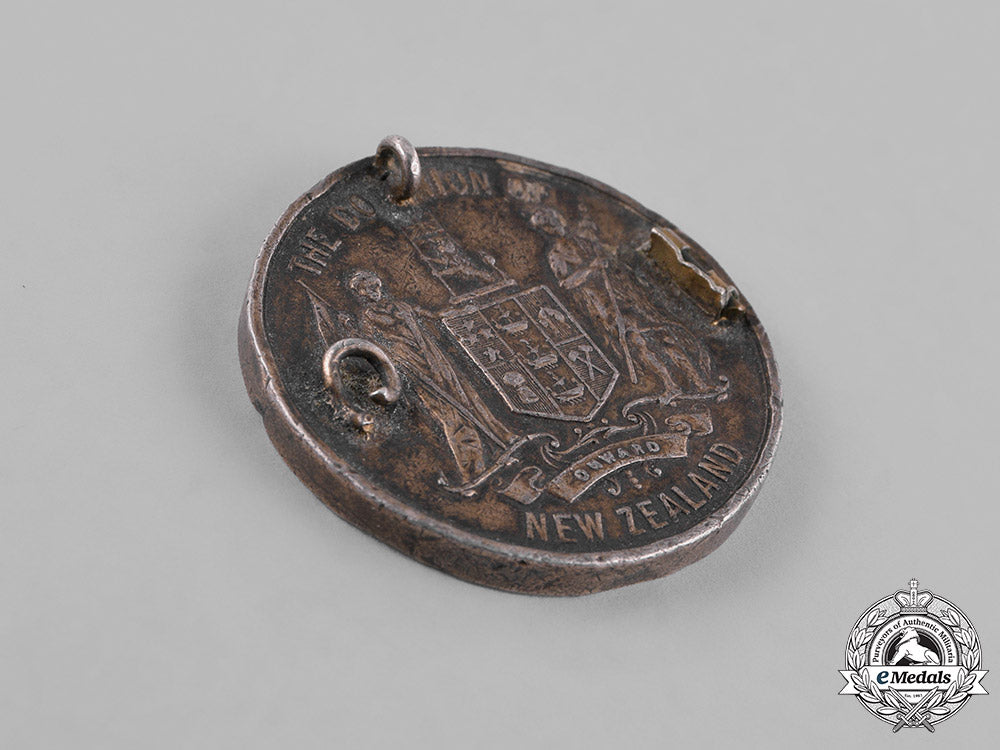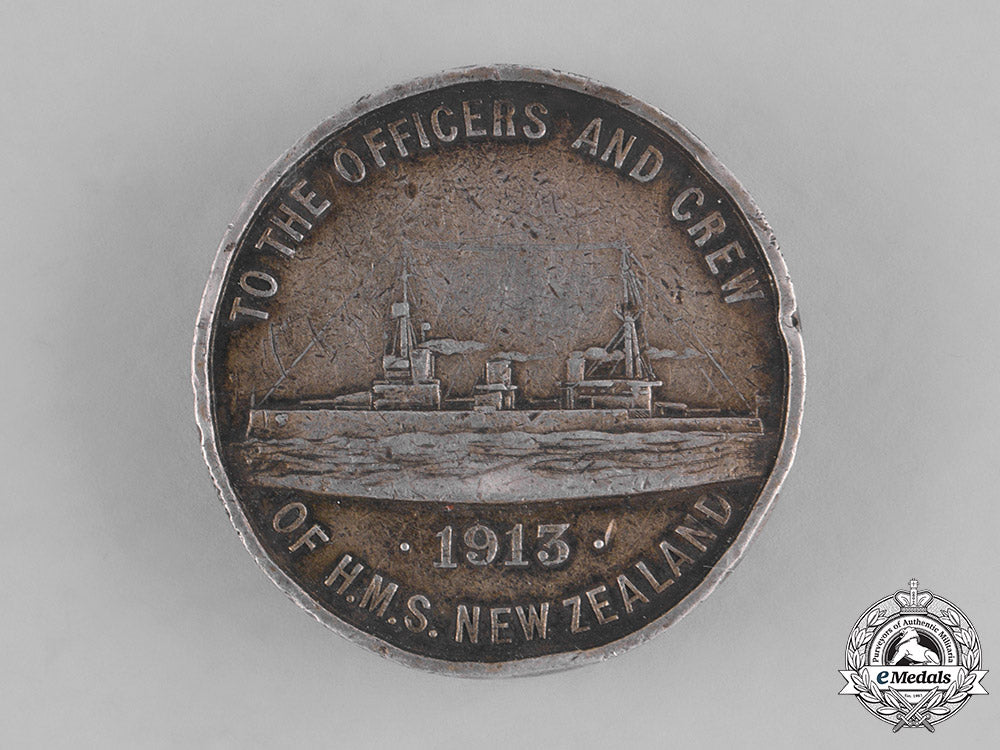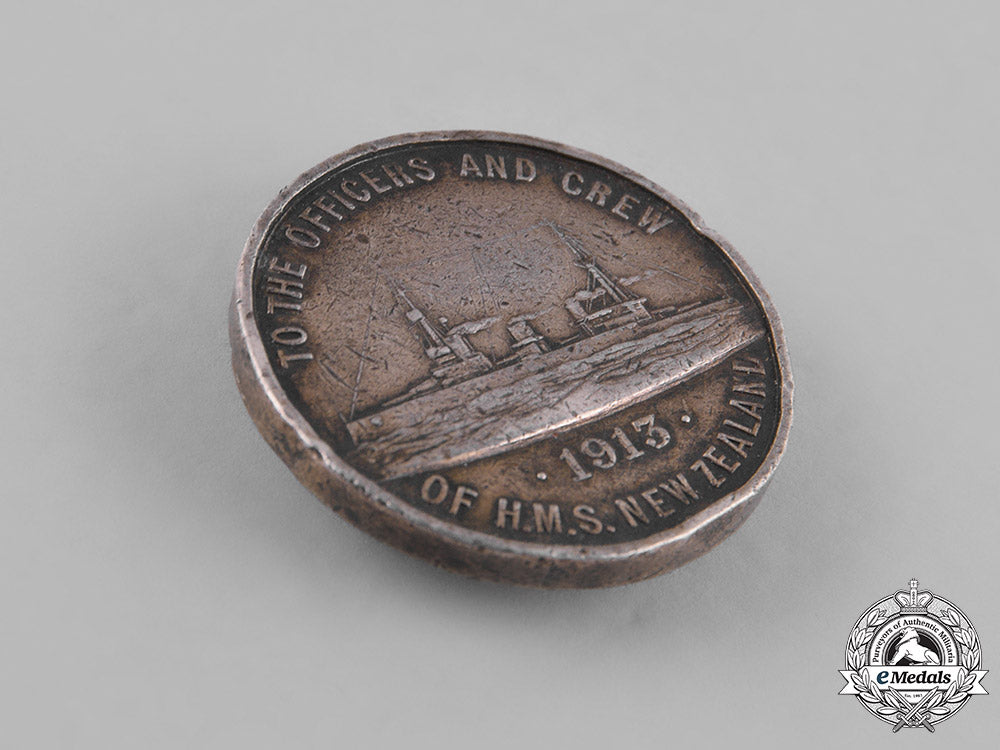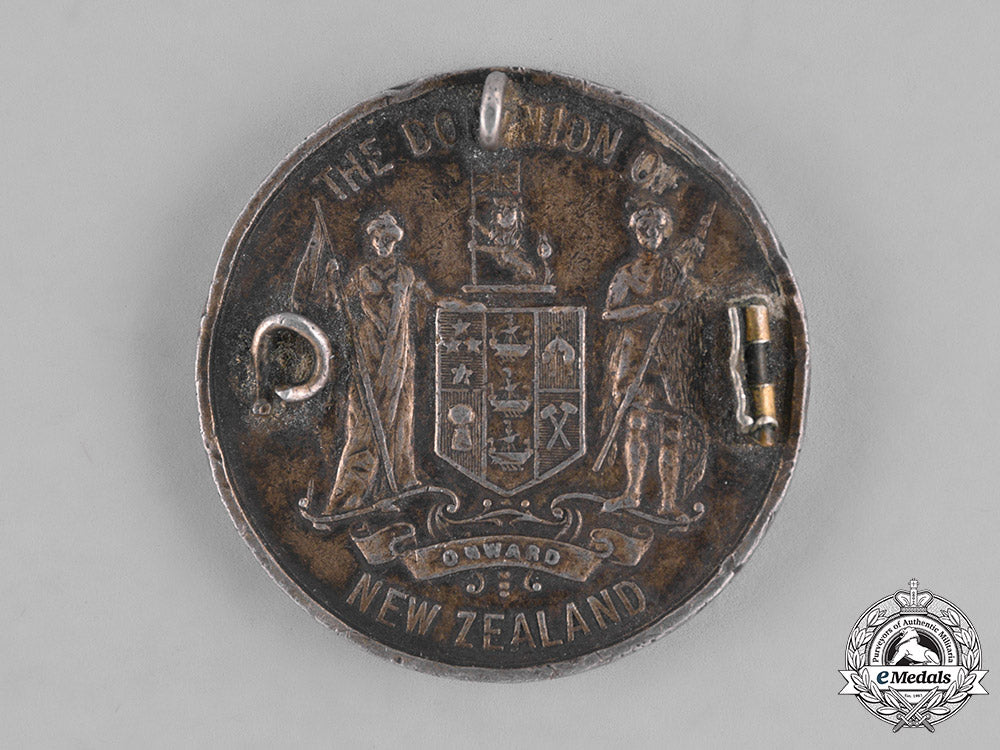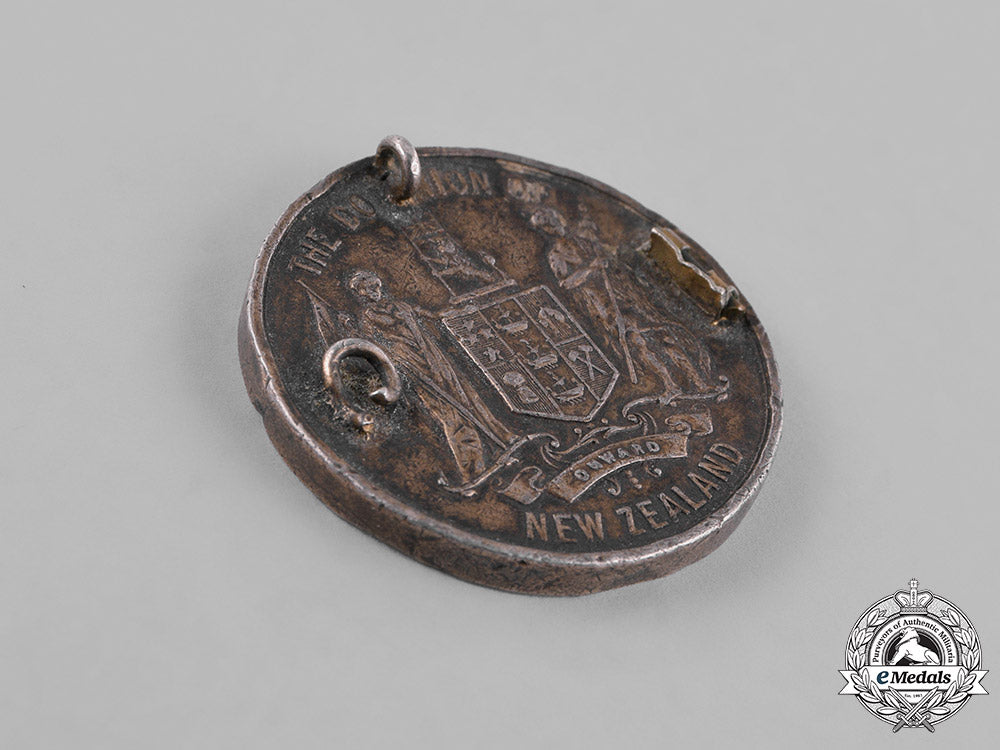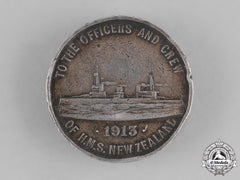
LOADING ...
In response to evolving domestic opinion, eMedals Inc has made the conscious decision to remove the presentation of German Third Reich historical artifacts from our online catalogue. For three decades, eMedals Inc has made an effort to preserve history in all its forms. As historians and researchers, we have managed sensitive articles and materials with the greatest of care and respect for their past and present social context. We acknowledge the growing sentiments put forth by the Canadian public and have taken proactive actions to address this opinion.
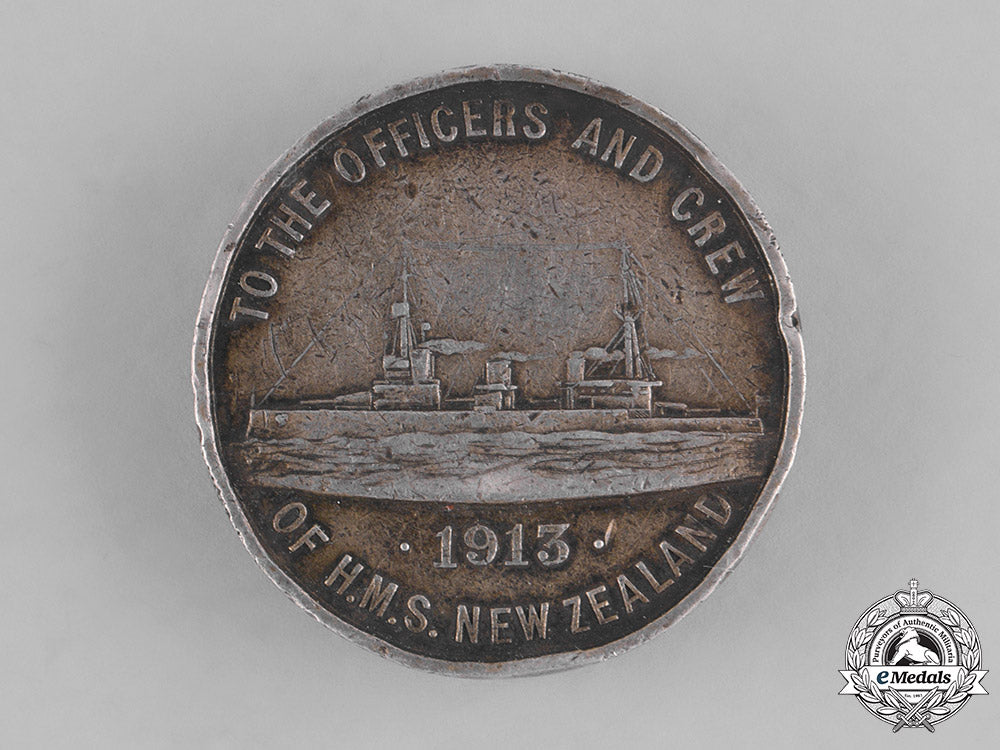
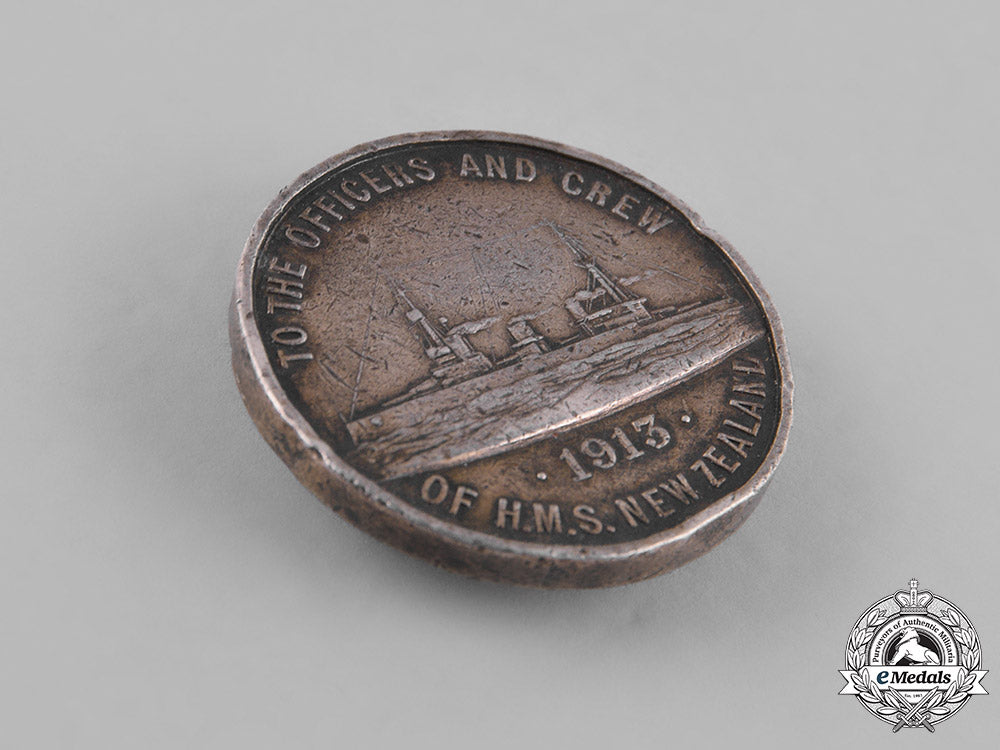

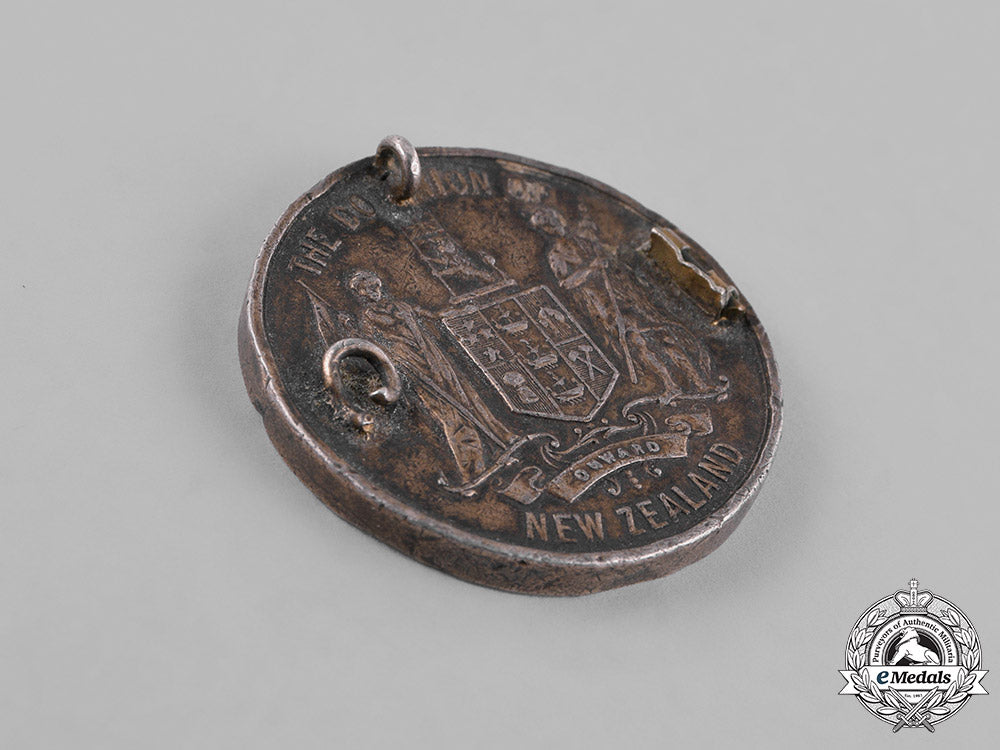
New Zealand. A Medallion Commemorating The Hms New Zealand In 1913
New Zealand. A Medallion Commemorating The Hms New Zealand In 1913
SKU: ITEM: W5254
Current Bid:
Your Max Bid:
Bid History:
Time Remaining:
Couldn't load pickup availability
Shipping Details
Shipping Details
eMedals offers rapid domestic and international shipping. Orders received prior to 12:00pm (EST) will be shipped on the same business day.* Orders placed on Canadian Federal holidays will be dispatched the subsequent business day. Courier tracking numbers are provided for all shipments. All items purchased from eMedals can be returned for a full monetary refund or merchandise credit, providing the criteria presented in our Terms & Conditions are met. *Please note that the addition of a COA may impact dispatch time.
Shipping Details
eMedals offers rapid domestic and international shipping. Orders received prior to 12:00pm (EST) will be shipped on the same business day.* Orders placed on Canadian Federal holidays will be dispatched the subsequent business day. Courier tracking numbers are provided for all shipments. All items purchased from eMedals can be returned for a full monetary refund or merchandise credit, providing the criteria presented in our Terms & Conditions are met. *Please note that the addition of a COA may impact dispatch time.
Description
Description
Footnote: Upon the first visit to New Zealand by HMS New Zealand in 1913, medallions were struck to commemorate the visit. This un-mounted medal was awarded by the Citizens of Auckland, to the officers and crew of HMS New Zealand during the battle cruiser’s visit to Auckland, from April 29 to May 10, 1913, and was issued un-named. As they were a medallion, many of the crew placed First War type suspenders on them and wore them on a plain blue or Royal Naval Long Service and Good Conduct medal ribbon. Some even place loops and pin attachments, as per this example. HMS New Zealand was one of three Indefatigable-class battle cruisers built for the defence of the British Empire. Launched in 1911, the ship was funded by the government of New Zealand as a gift to Britain, and she was commissioned into the Royal Navy in 1912. She had been intended for the China Station, but was released by the New Zealand government at the request of the Admiralty for service in British waters. During 1913, New Zealand was sent on a ten-month tour of the British Dominions, with an emphasis on a visit to her namesake nation. She was back in British waters at the start of the First World War, and operated as part of the Royal Navy's Grand Fleet, in opposition to the German High Seas Fleet. During the war, the battle cruiser participated in all three of the major North Sea battles, Heligoland Bight, Dogger Bank, and Jutland, and was involved in the response to the inconclusive Raid on Scarborough, and the Second Battle of Heligoland Bight. New Zealand contributed to the destruction of two cruisers during her wartime service and was hit by enemy fire only once, sustaining no casualties. Her status as a "lucky ship" was attributed by the crew to a Māori piupiu (warrior's skirt) and hei-tiki (pendant) worn by the captain during battle. After the war, New Zealand was sent on a second world tour, this time to allow Admiral John Jellicoe to review the naval defences of the Dominions. In 1920, the battlecruiser was placed in reserve. She was broken up for scrap in 1922, in order to meet Britain's tonnage limit in the disarmament provisions of the Washington Naval Treaty.
Description
Footnote: Upon the first visit to New Zealand by HMS New Zealand in 1913, medallions were struck to commemorate the visit. This un-mounted medal was awarded by the Citizens of Auckland, to the officers and crew of HMS New Zealand during the battle cruiser’s visit to Auckland, from April 29 to May 10, 1913, and was issued un-named. As they were a medallion, many of the crew placed First War type suspenders on them and wore them on a plain blue or Royal Naval Long Service and Good Conduct medal ribbon. Some even place loops and pin attachments, as per this example. HMS New Zealand was one of three Indefatigable-class battle cruisers built for the defence of the British Empire. Launched in 1911, the ship was funded by the government of New Zealand as a gift to Britain, and she was commissioned into the Royal Navy in 1912. She had been intended for the China Station, but was released by the New Zealand government at the request of the Admiralty for service in British waters. During 1913, New Zealand was sent on a ten-month tour of the British Dominions, with an emphasis on a visit to her namesake nation. She was back in British waters at the start of the First World War, and operated as part of the Royal Navy's Grand Fleet, in opposition to the German High Seas Fleet. During the war, the battle cruiser participated in all three of the major North Sea battles, Heligoland Bight, Dogger Bank, and Jutland, and was involved in the response to the inconclusive Raid on Scarborough, and the Second Battle of Heligoland Bight. New Zealand contributed to the destruction of two cruisers during her wartime service and was hit by enemy fire only once, sustaining no casualties. Her status as a "lucky ship" was attributed by the crew to a Māori piupiu (warrior's skirt) and hei-tiki (pendant) worn by the captain during battle. After the war, New Zealand was sent on a second world tour, this time to allow Admiral John Jellicoe to review the naval defences of the Dominions. In 1920, the battlecruiser was placed in reserve. She was broken up for scrap in 1922, in order to meet Britain's tonnage limit in the disarmament provisions of the Washington Naval Treaty.
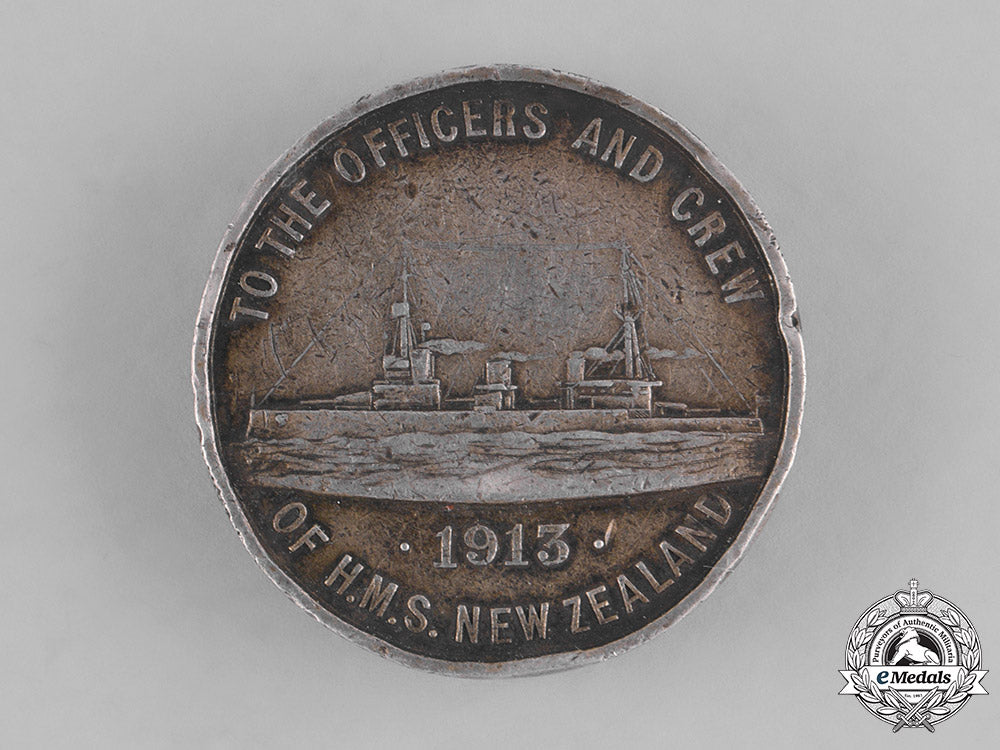
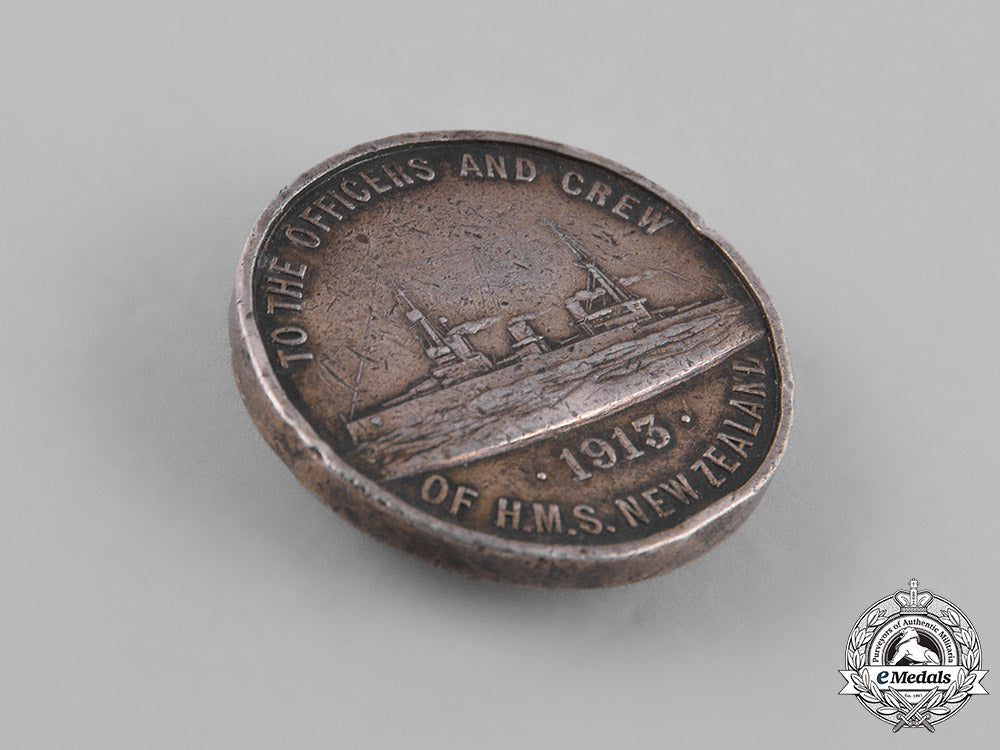
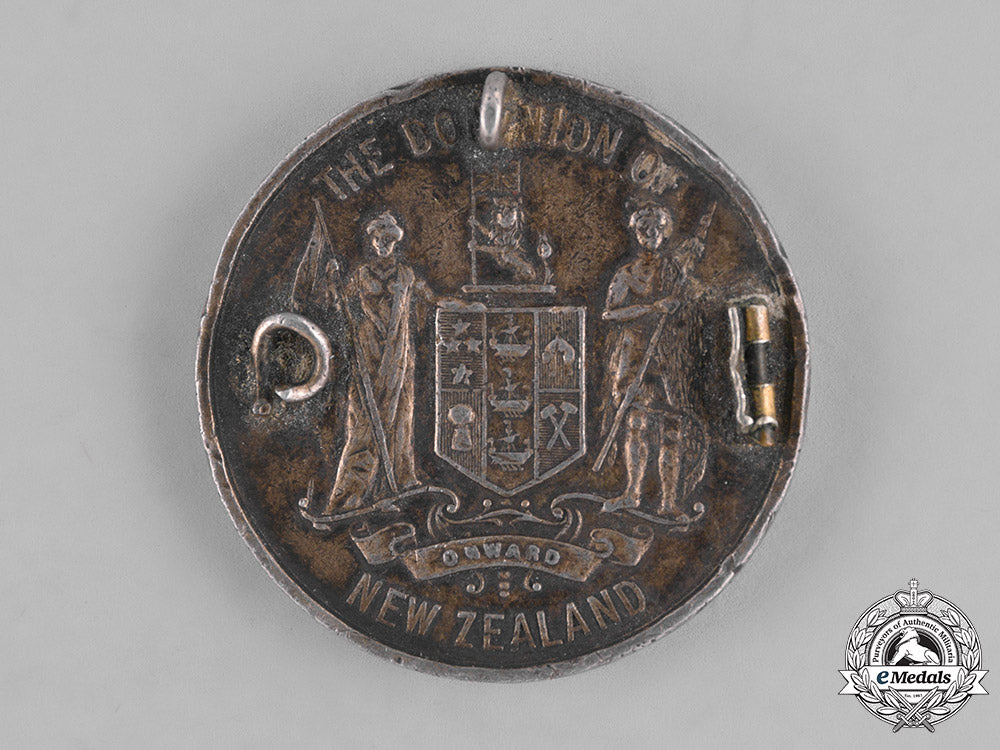
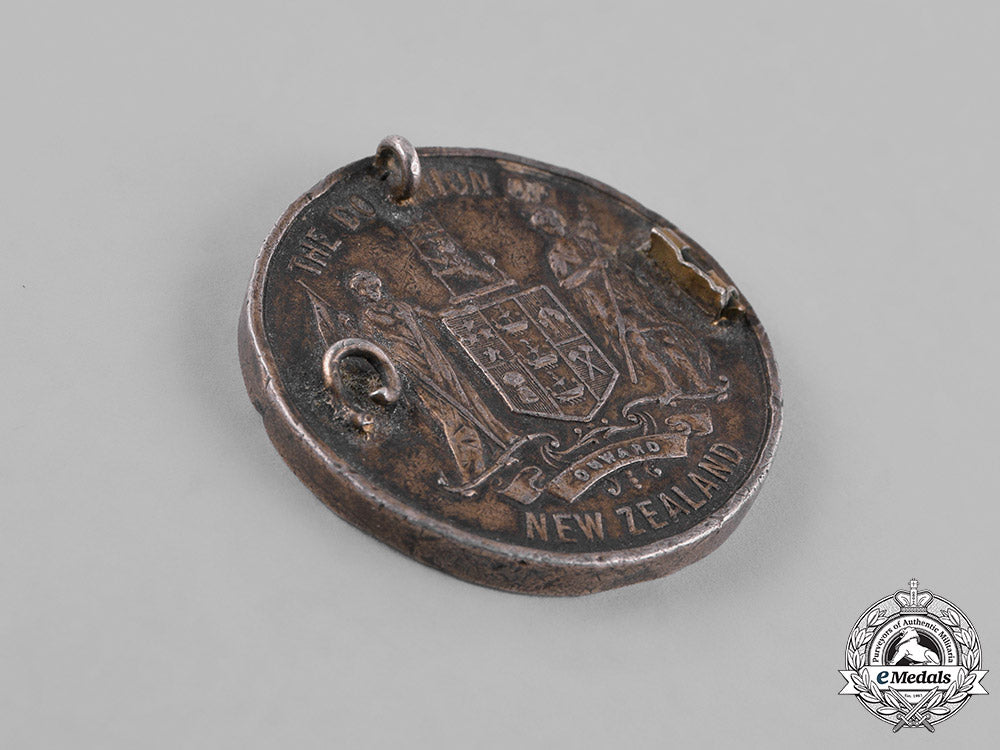
You May Also Like
Germany, Third Reich. A Mixed Lot of Tyrolean Marksmanship Badges
G52930
Germany, SS. An Estonian Waffen-SS Volunteer’s Sleeve Shield
G50381
Germany, SS. A Waffen-SS Sturmmann Sleeve Insignia
G52846
Germany, Third Reich; Slovakia, First Republic. A Mixed Lot of Wartime Postcards
G52905
Germany, Third Reich. A Pair of Tyrolean Marksmanship Badges
G52981
-
Germany, Third Reich. A Mixed Lot of Tyrolean Marksmanship Badges
G52930
Add to CartRegular price $135 USDRegular price $0 USD Sale price $135 USDUnit price / per -
Germany, SS. An Estonian Waffen-SS Volunteer’s Sleeve Shield
G50381
Add to CartRegular price $150 USDRegular price $0 USD Sale price $150 USDUnit price / per -
Germany, SS. A Waffen-SS Sturmmann Sleeve Insignia
G52846
Add to CartRegular price $135 USDRegular price $0 USD Sale price $135 USDUnit price / per -
Germany, Third Reich; Slovakia, First Republic. A Mixed Lot of Wartime Postcards
G52905
Add to CartRegular price $135 USDRegular price $0 USD Sale price $135 USDUnit price / per -
Germany, Third Reich. A Pair of Tyrolean Marksmanship Badges
G52981
Add to CartRegular price $135 USDRegular price $0 USD Sale price $135 USDUnit price / per
Do you have a similar item you are interested in selling?
Please complete the form and our client care representatives will contact you.
Sell Item